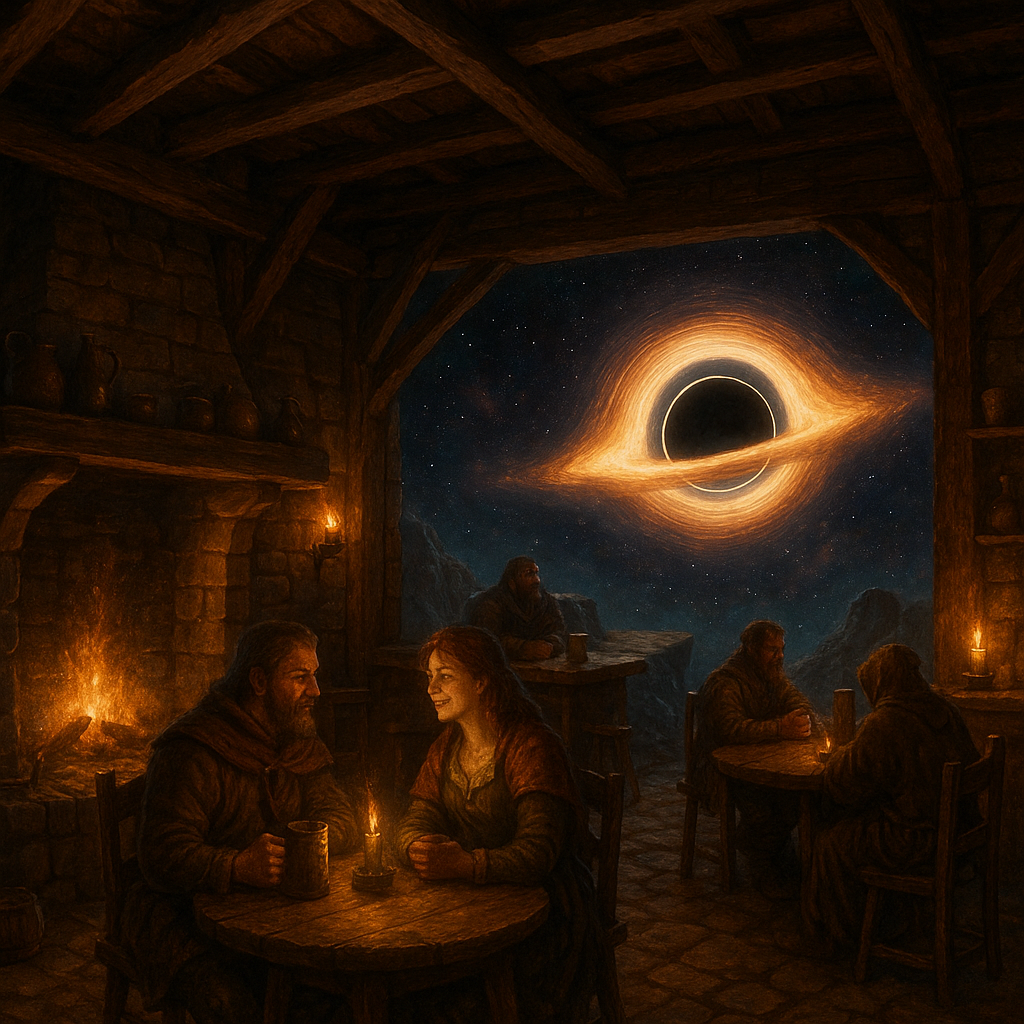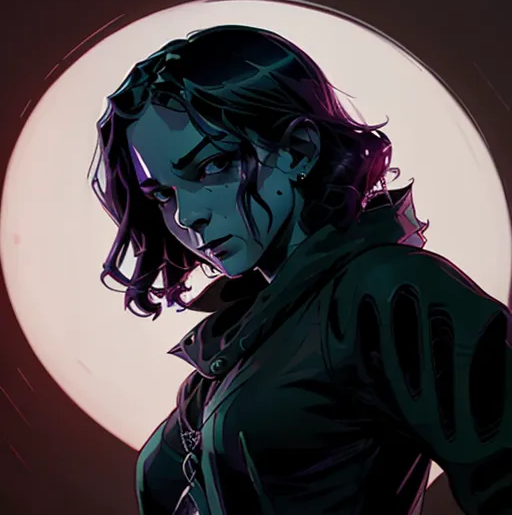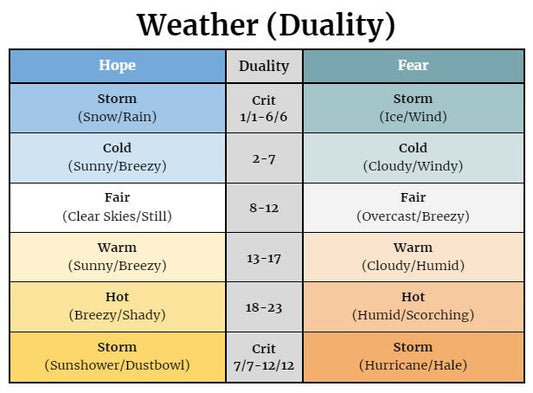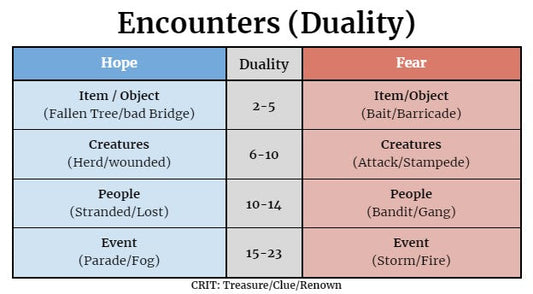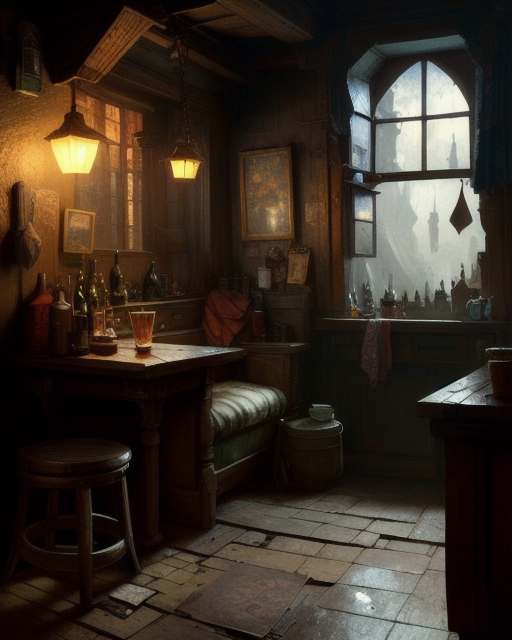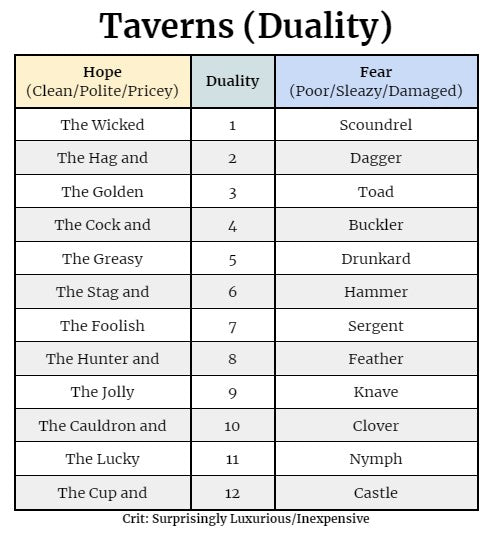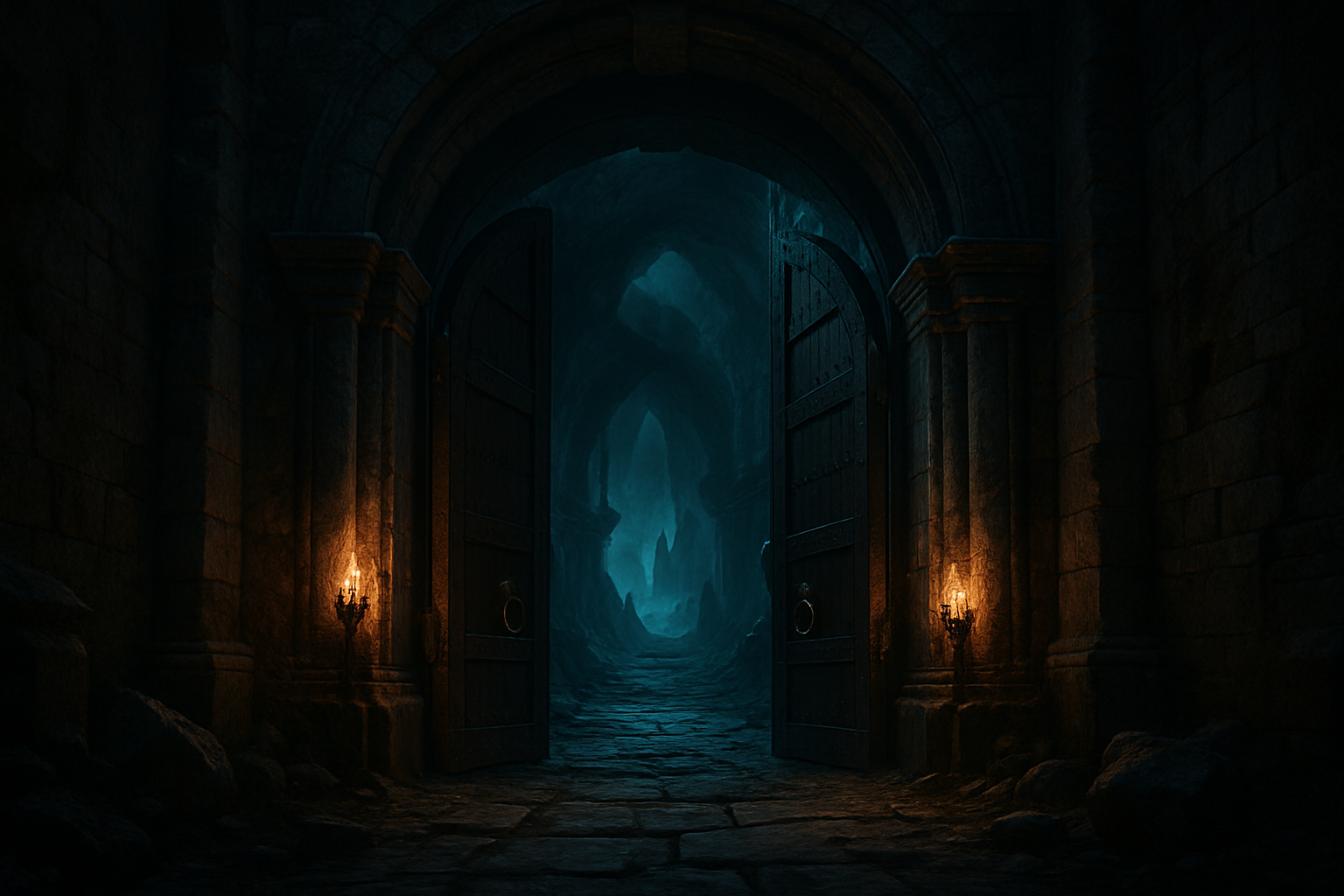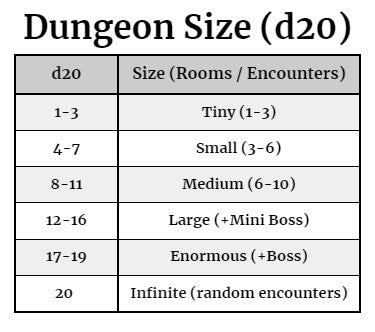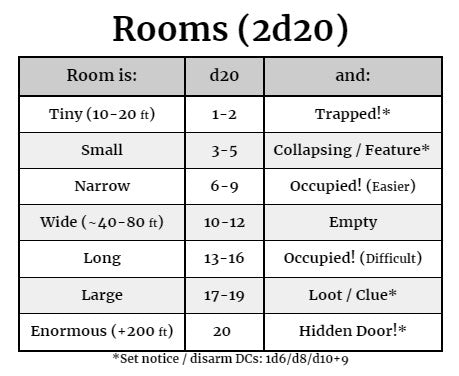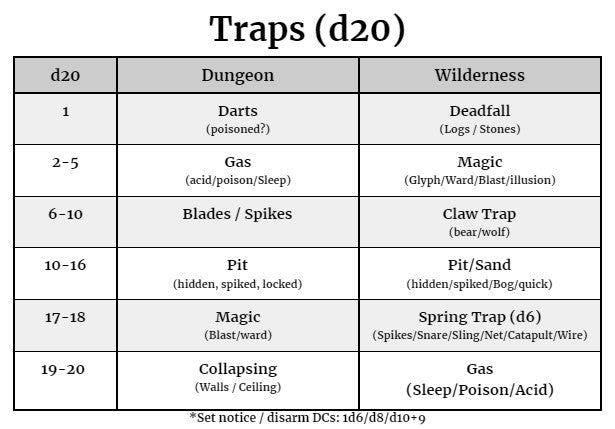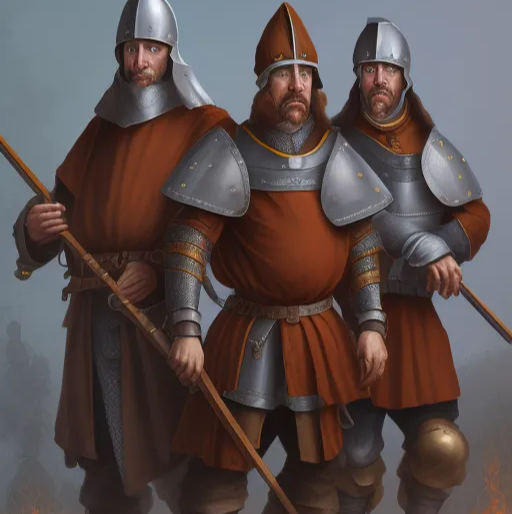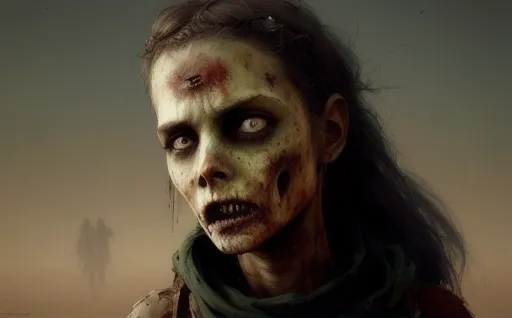
HeartStone
A GM & Solo Adventuring Tool for the Daggerheart RPG system.
Traits
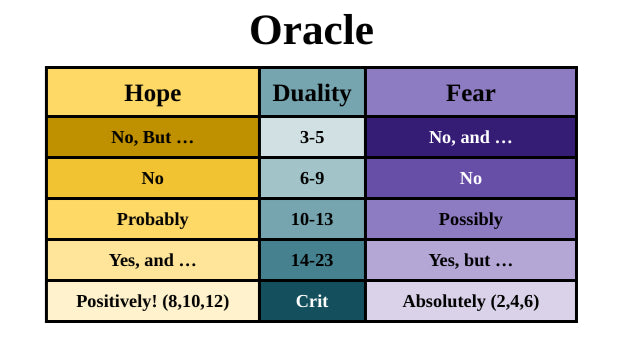
Agility: Sprint, Leap, Maneuver
A high Agility score means you’re faster on your feet, nimbler on difficult terrain, and quicker to react to danger. You’ll roll with Agility to scurry up a rope quickly, sprint to cover, or bound from rooftop to rooftop.
Strength: Lift, Smash, Grapple
A high Strength score means you’re better at feats that test your physical prowess and bodily fortitude. You’ll roll with Strength to break through a door, lift heavy objects, or hold your ground against a charging foe.
Finesse: Control, Hide, Tinker
A high Finesse score means you’re dexterous and accurate. You’ll roll with Finesse for tasks that require fine motor control -being precise, careful, and quiet– like using fine tools, escaping notice, or striking with a exacting aim.
Instinct: Perceive, Sense, Navigate
A high Instinct score means you have a keen sense of your surroundings and a natural intuition. You’ll roll with Instinct to sense danger, notice details in the world around you, or track an elusive foe.
Presence: Charm, Perform, Deceive
A high Presence score means you have a strong force of personality and a facility with social situations. You’ll roll with Presence to plead your case, intimidate a foe, or get attention.
Knowledge: Recall, Analyze, Comprehend
A high Knowledge score means you know information others don’t and understand how to apply your mind through deduction and inference. You’ll roll with Knowledge to interpret facts, see patterns clearly, or remember important information.
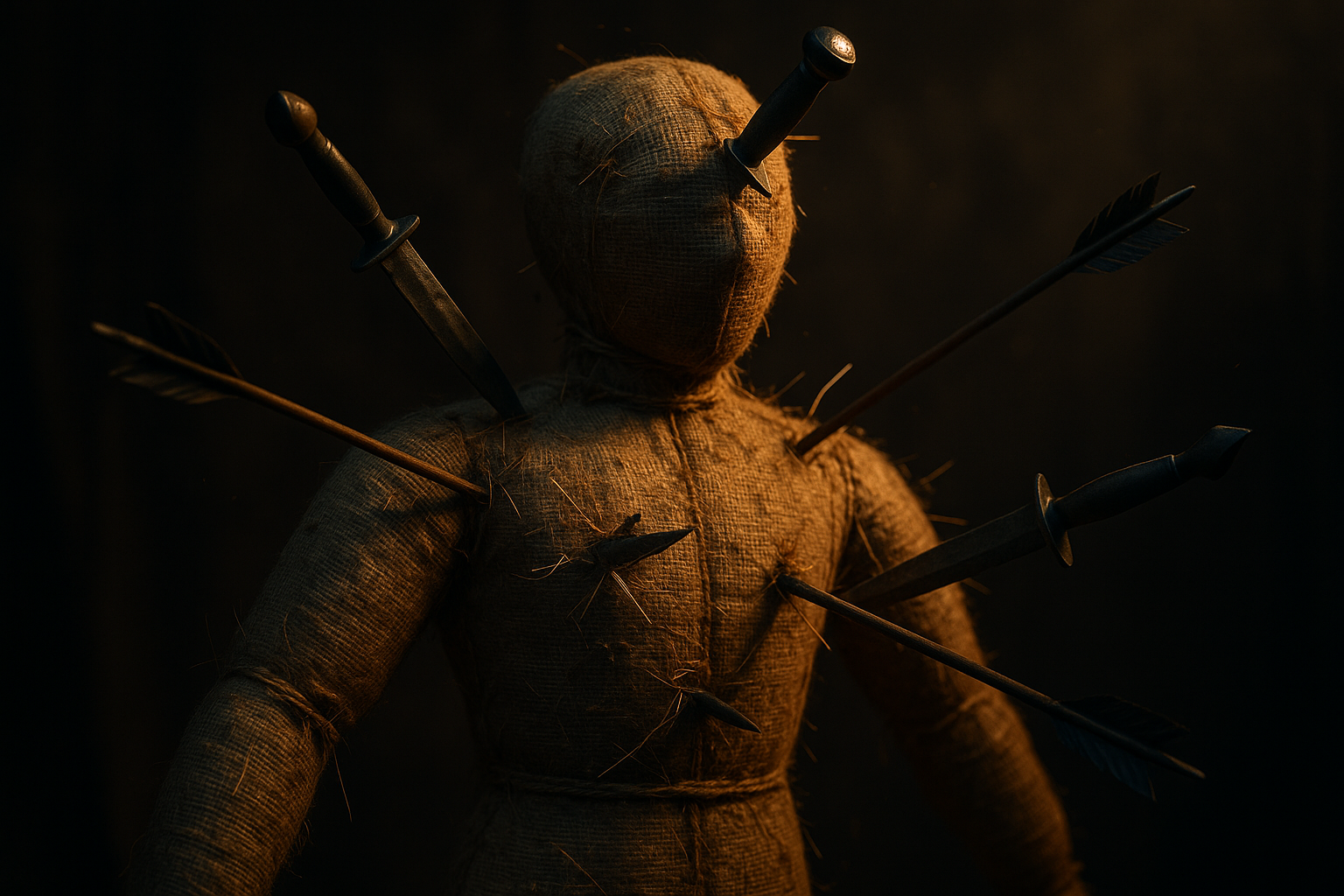
Critical Success
This counts as a roll with Hope—but you also clear a Stress. If you make an attack roll, you’ll also deal extra damage equal to the maximum value of your damage dice.
Adventure
-
Encounters
Vendor:HeartStoneRegular price $0.00Regular priceUnit price / per
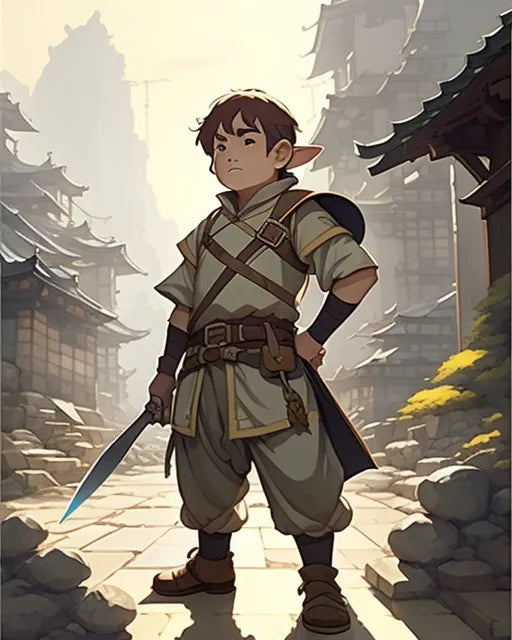

FEAR
Any time you want to make a harder move outside of combat, spending Fear can help communicate the magnitude of your play and enhance the impact of your efforts to complicate the character’s lives.
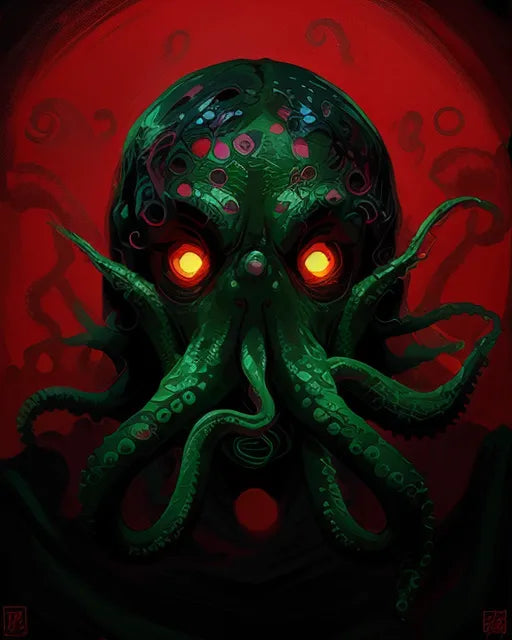


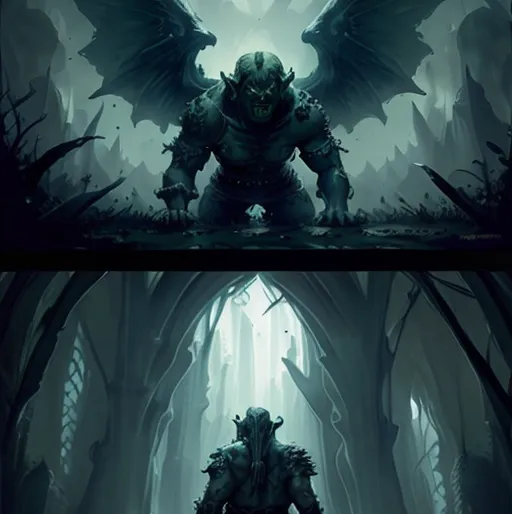
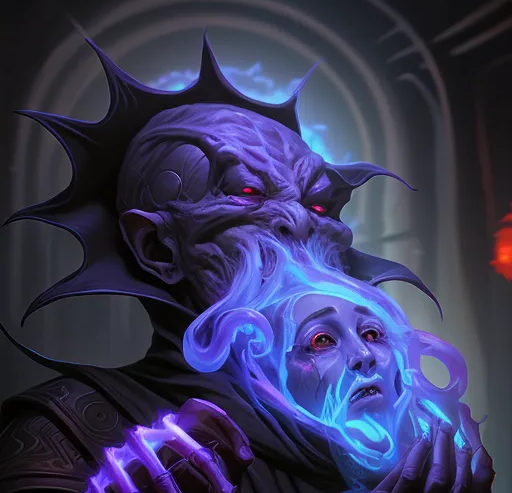
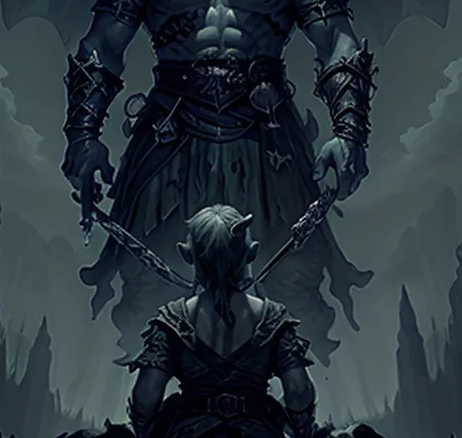
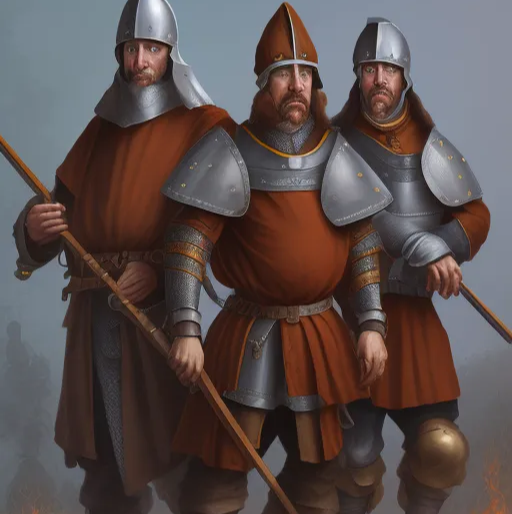
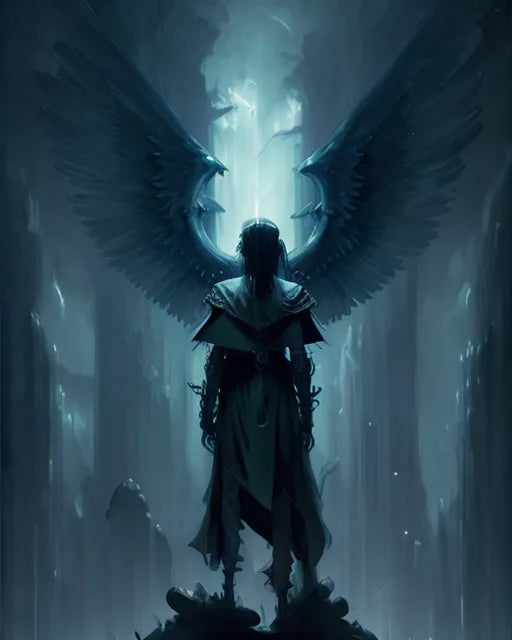
DaggerHeart
Fear (Counter)
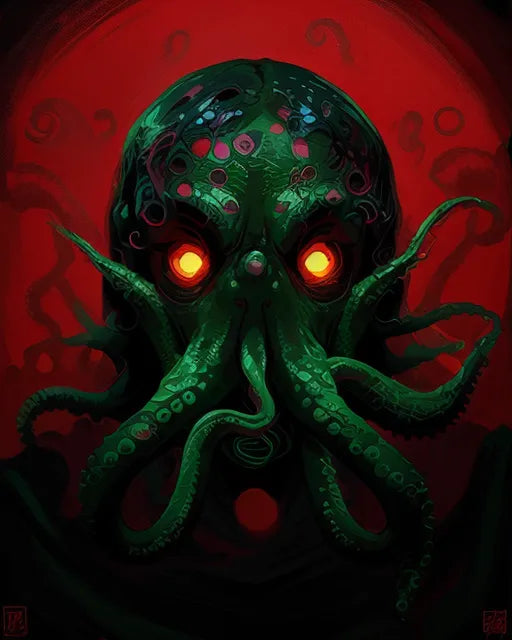






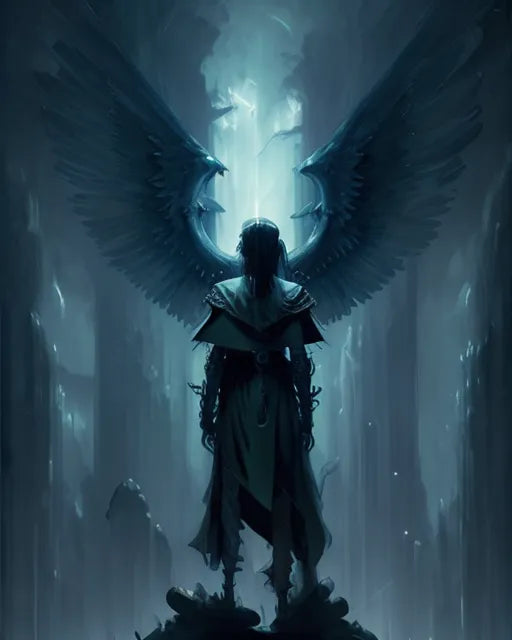
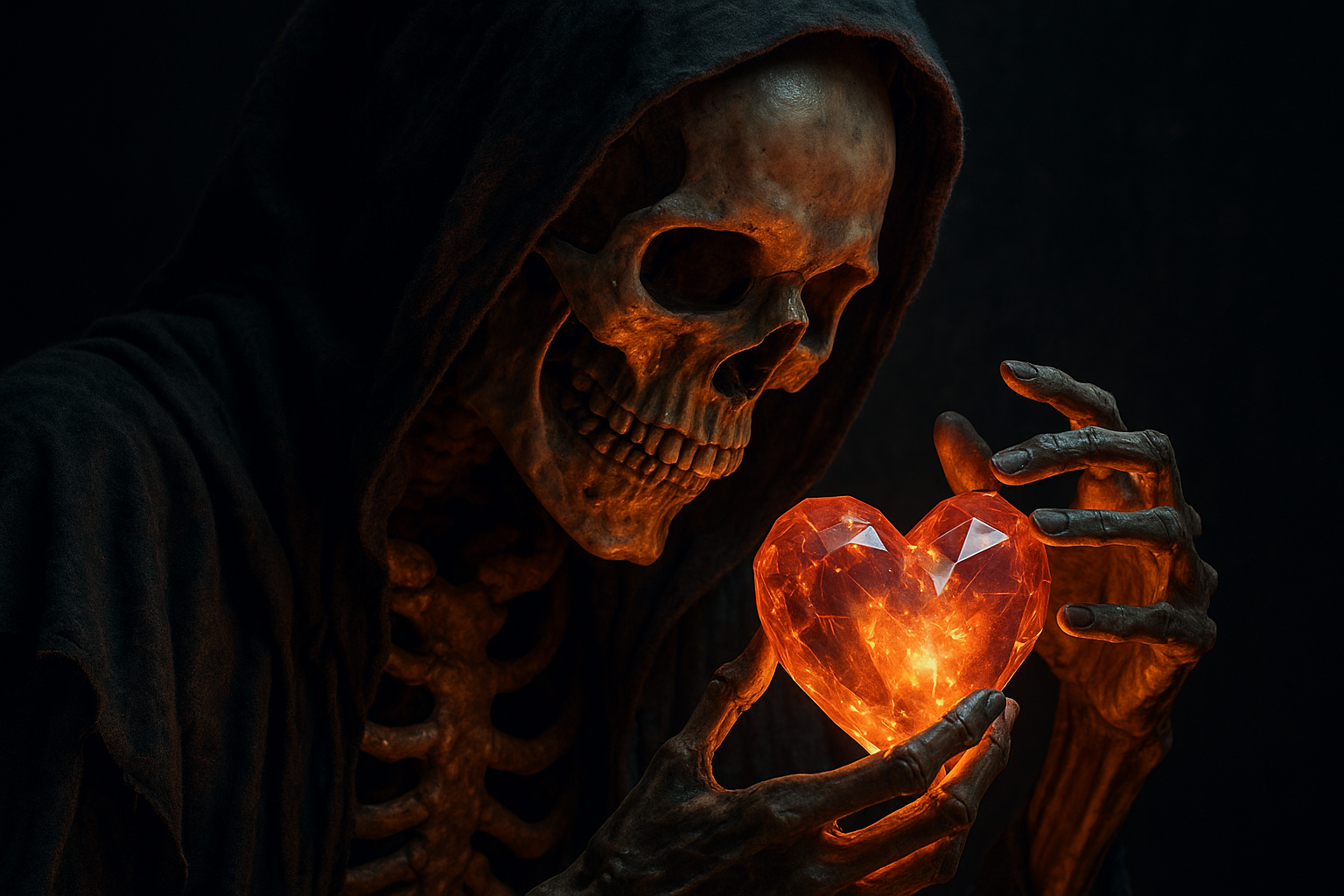
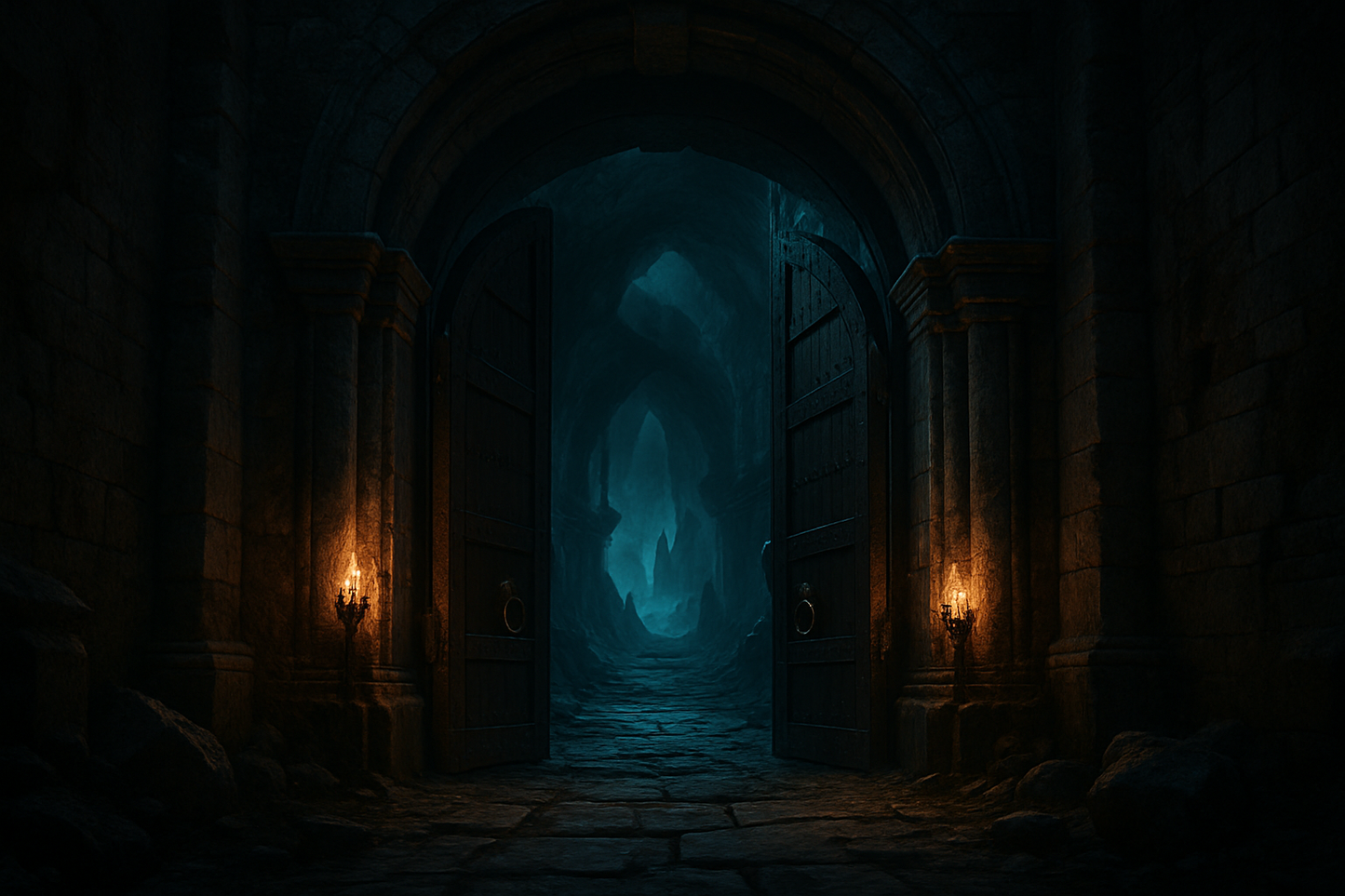
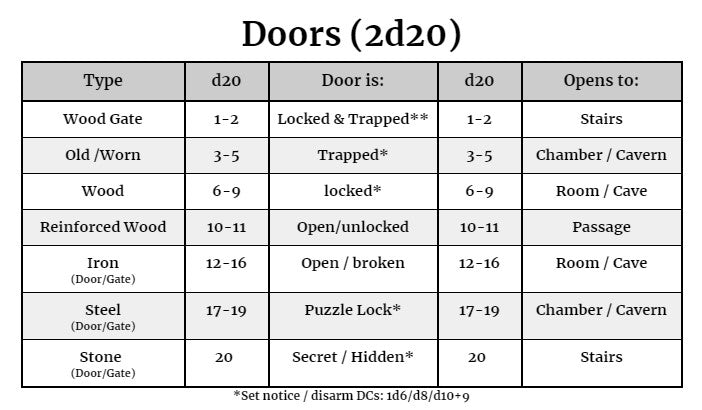
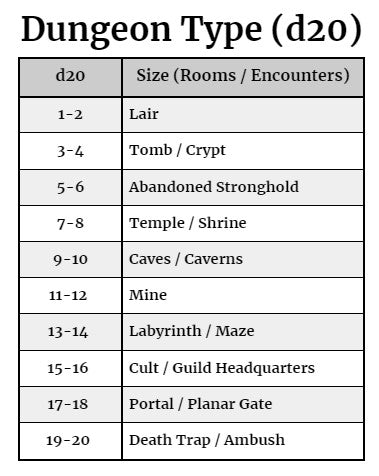
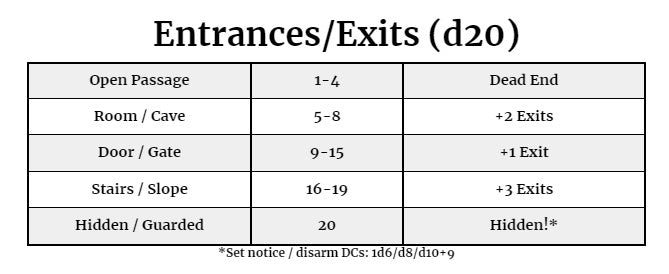





Moves represent the Adversary's capabilities in a conflict. *When attacking from above they deal more damage - the 3d10 damage replaces their standard damage of 2d8.
Adversary Moves
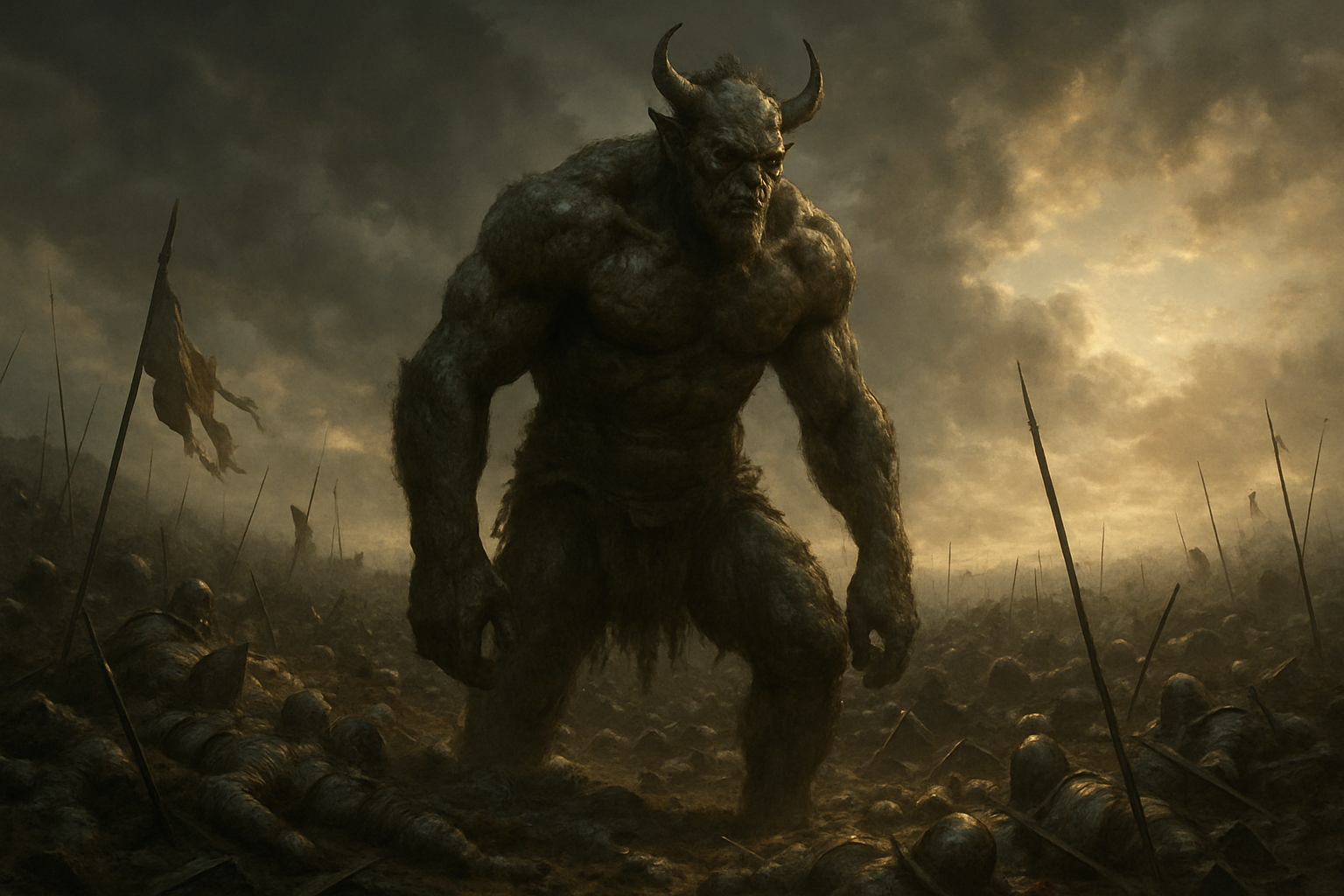
Relentless (x)
can activate up to X times during a GM move so long as there are enough action tokens.
The Relentless move is useful if you want an adversary you can activate more than once during a single GM move. This is often best for exceedingly fast or dangerous foes, or adversaries likely to be battling the party independently.
Slow (x)
costs X action tokens to activate.
The Slow move is useful if you want an adversary who narratively takes longer to act than others, like a slug creature or a massive ogre. This is usually most effective when that creature is very powerful when it does act, but eats up lots of action tokens to do it.
Minions (x)
For every X damage received, deal 1 HP to an additional minion within their attack’s range.
The Minion move is useful when you want to drop lots of small enemies into the battlefield, knowing the party can swing through them very easily. This move means that if a PC hits one minion and does enough damage, it also hits some others that are in range for them. Because of this, it’s often best to have minions crowd a PC–it will feel overwhelming and dangerous until they’re able to attack them. If you want that cinematic feeling of the PCs taking out waves of enemies with a single attack roll, minions are a great tool to make that happen.
Horde (x)
deal less damage as they’re injured ( ½ or more of their Hit Points).
Creatures Per Hit Point: (X) denotes the number of creatures in this horde represented by each Hit Point.
The Horde move is useful when you want to represent a group of enemies as a single adversary. This is one step beyond just having some minions on the battlefield–maybe you want to represent a mass of zombies or a swarm of deadly insects. Horde allows you to make large numbers of enemies without the overhead of running them all individually. For example, a Zombie Horde with 5 hit points and a Creatures Per Hit Point value of 4 would be described as 20 zombies moving in a group together. If a PC deals 2 hit points to this horde, you would describe 8 zombies being taken out as a result.
Group Attack - Range (x)
Spend a Fear to activate all adversaries with this name within a certain range of a target. This group can move and make an attack roll against that target. On a success, they deal X amount of damage per adversary.
The Group Attack is useful for making the action tokens more efficient in battle. Because it allows you to activate multiple adversaries at once, it can help to make a battlefield full of enemies come alive. As a note of clarification, you only make one attack roll for the entire group that is attacking, and then add their damage together before applying it to the target. Group Attack is often paired up with the Minion move because it allows some smaller foes to all have the chance to attack before they inevitably are taken out by the PCs
Range
Rules-
Melee
You are within touching distance of the target.
-
Very Close
This is generally about 5-10 feet away.
-
Close
This is generally about 10-30 feet away.
(across a room or into a neighbouring market stall.
-
Far
This is generally about 30-100 feet away.
(a small battlefield or a large corridor.)
-
Very Far
This is generally about 100-300 feet away.
(a large battlefield or down a long street.)
Throwing a Weapon
Make an attack roll using Finesse. Its range is very close, it does half-damage, and once thrown, you will only have access to using that weapon again once you retrieve it.
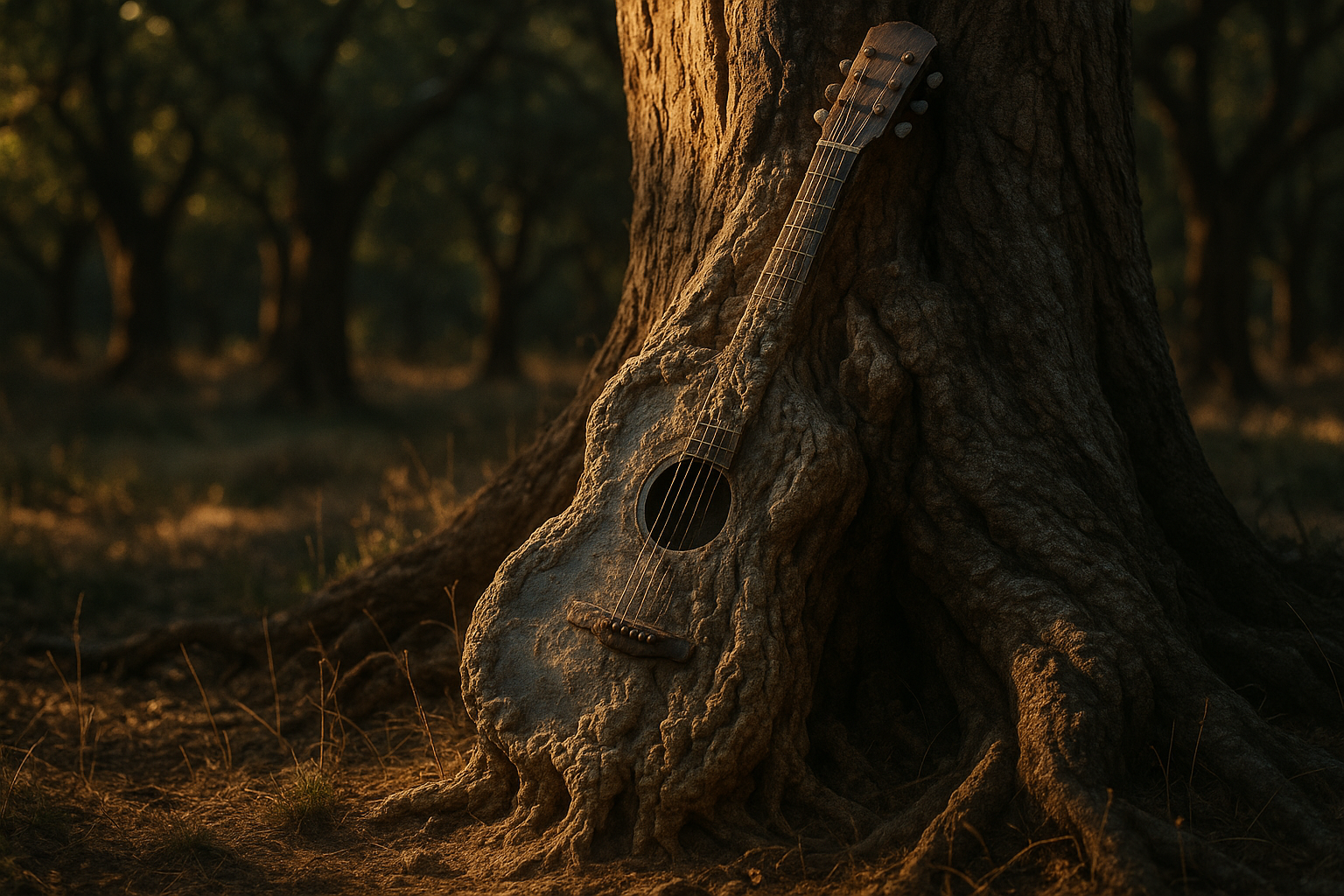
A SHORT REST IS WHEN PLAYER CHARACTERS ARE ONLY ABLE TO STOP AND CATCH THEIR BREATH, TAKING A BREAK FOR ABOUT AN HOUR. EACH PLAYER MAY SWAP ANY DOMAIN CARDS IN THEIR LOADOUT FOR ANY IN THEIR VAULT AND CHOOSE TWO OF THE OPTIONS BELOW.
Short Rest
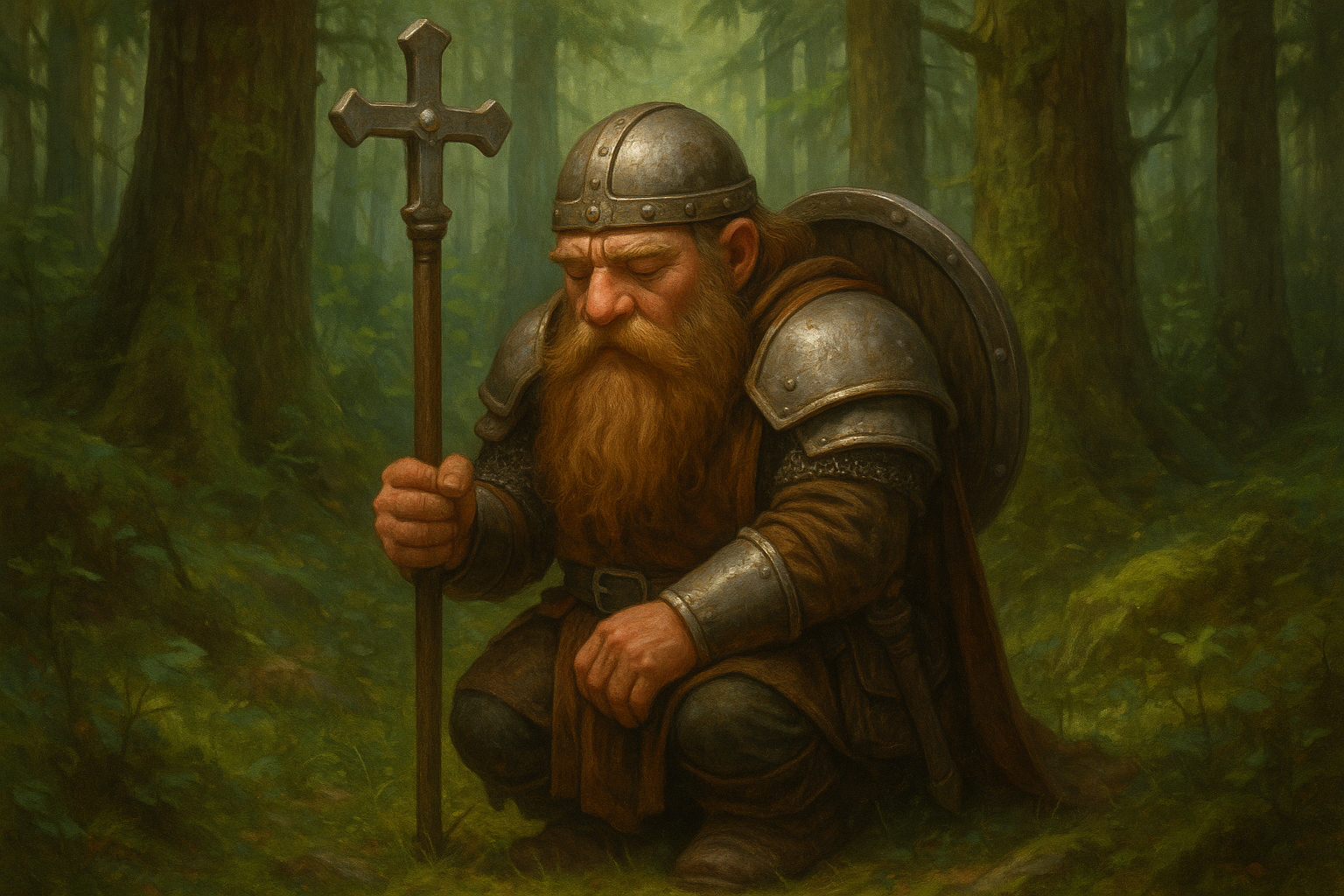
Tend Wounds
Describe how you temporarily patch yourself up and clear 1d4 hit points. You may also do this on an ally instead
Clear Stress
Describe how you blow off steam or pull yourself together, and clear 1d4 stress.
Repair Armor
Describe how you spend time quickly repairing your armour and clear two marked Armor Slots. You may also do this to an ally’s armour instead.
Prepare
Describe how you are preparing yourself for the path ahead and gain a Hope.
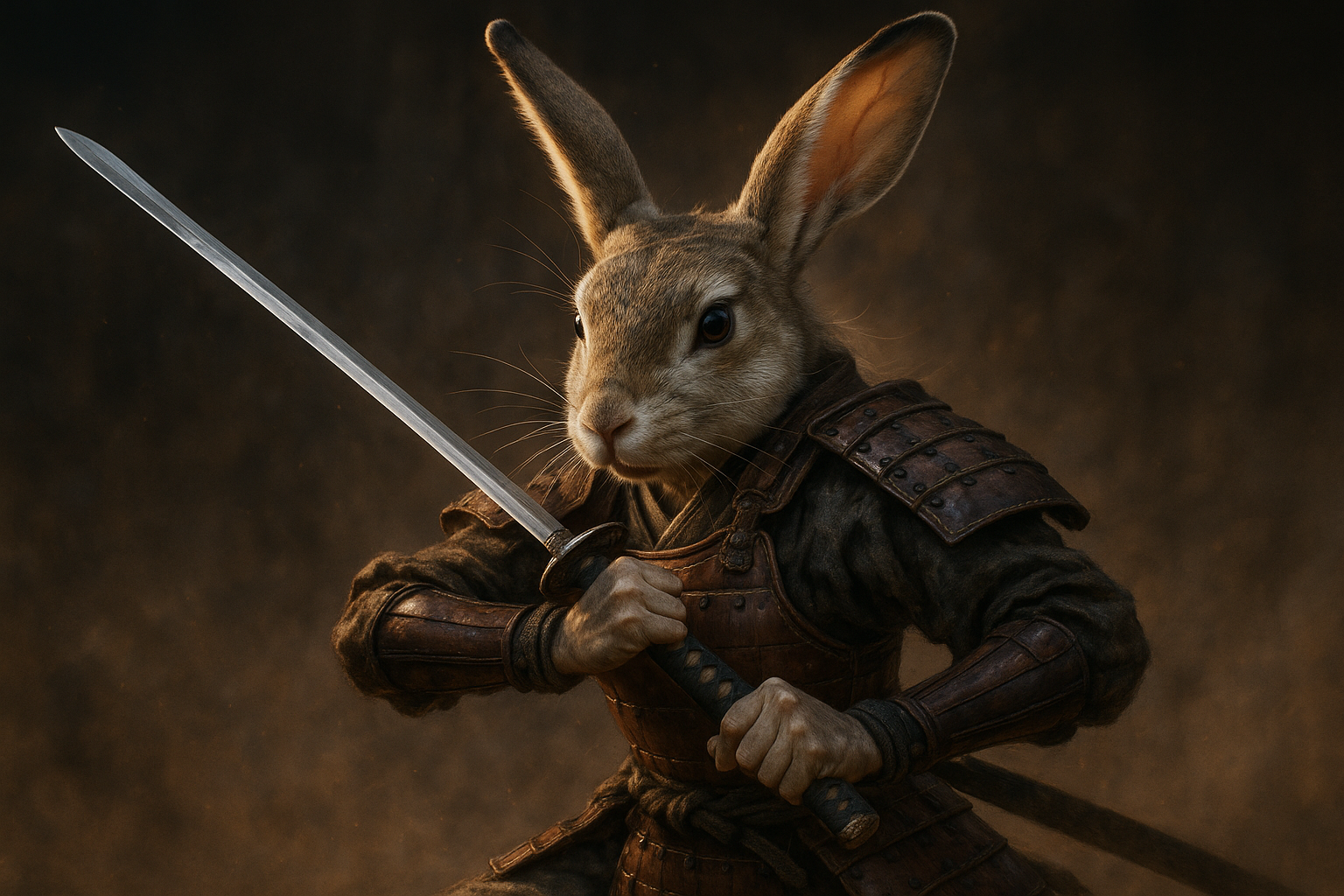
Refreshing Moves During Downtime
Taking a short or long rest may also trigger the refresh of some moves. When players have a move with an exhaustion limit, a long rest also counts as a short rest.
A LONG REST IS WHEN PLAYER CHARACTERS ARE ABLE TO MAKE CAMP, RELAX FOR A FEW HOURS, AND GET SOME SLEEP. EACH PLAYER MAY SWAP ANY DOMAIN CARDS IN THEIR LOADOUT FOR ANY IN THEIR VAULT AND CHOOSE TWO OF THE OPTIONS BELOW.
Long Rest

Tend Wounds
Describe how you patch yourself up and remove all marked Hit Points. You may also do this on an ally instead.
Clear Stress
Describe how you blow off steam or pull yourself together, and clear all marked Stress.
Repair Armour
Describe how you spend time repairing your armour and clear all Armour Slots. You may also do this to an ally’s armour instead.
Prepare
Describe how you are preparing for the next day’s adventure, then gain a Hope. If you choose to Prepare with one or more members of your party, you may each take two Hope.
Work on a Project
Establish or continue work on a project. The GM might ask for a roll to determine how much to tick down the completion track.
Death Moves
Rules-
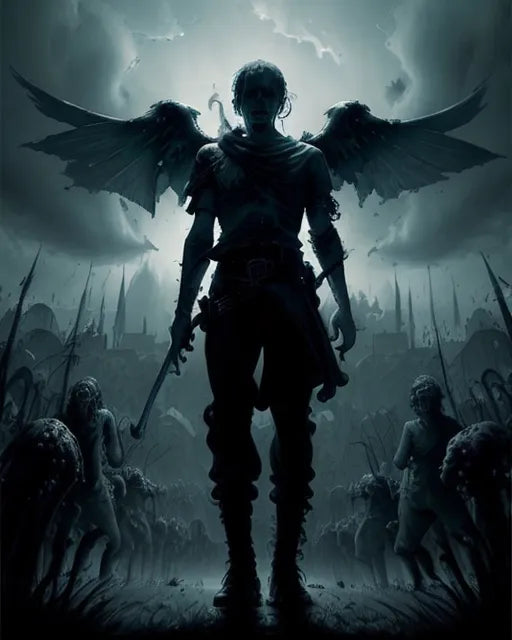
Blaze of Glory
Take one action (at GM discretion), which becomes an automatic critical success, then cross through the veil of death.
-
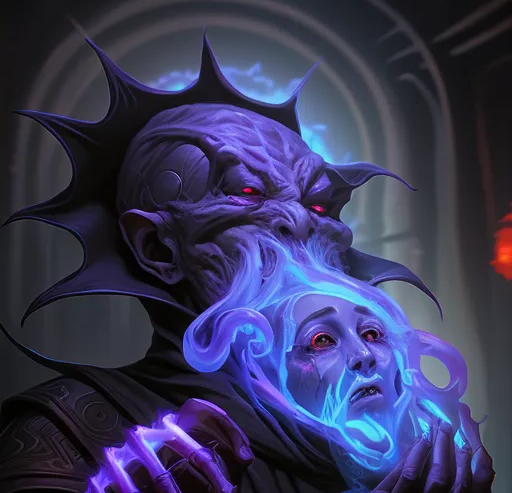
Face the Consequences
You drop unconscious!
Roll your Fear die; if its value is equal to or under your Level, take a Scar.
-
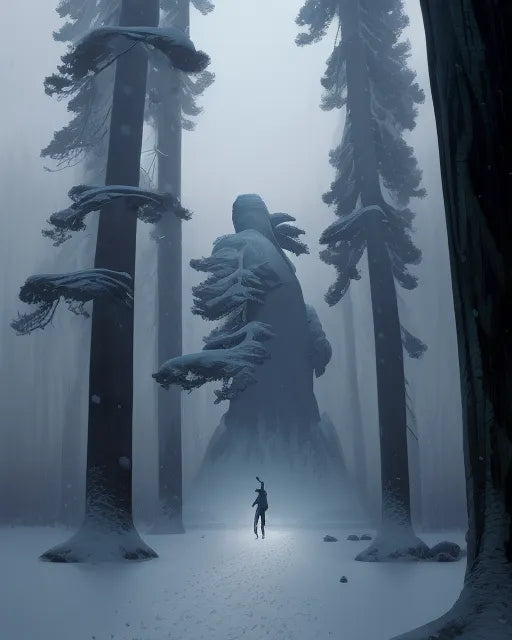
Risk it All!
Roll your Duality Dice.
- Clear HP/Stress = Hope die.
- Cross through the veil of death.
CRIT: Clear all Hit Points/Stress.
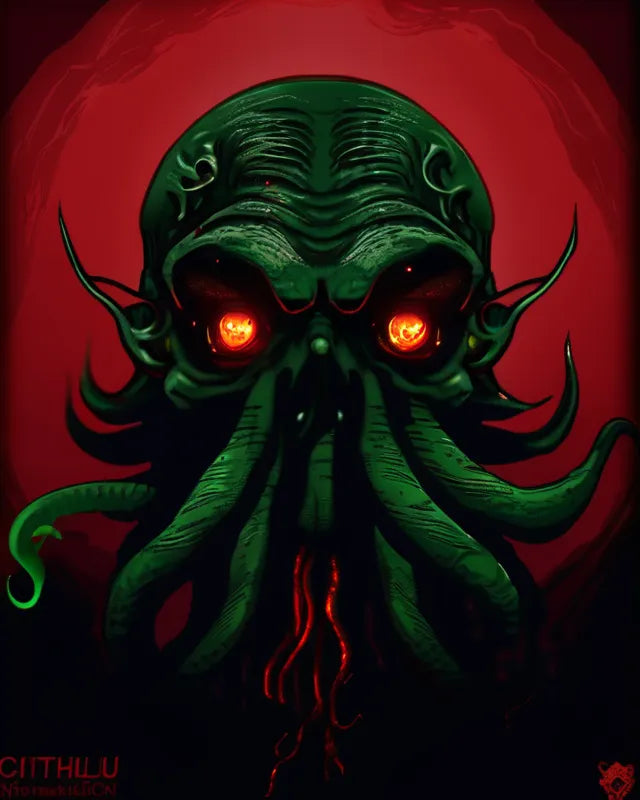
Don't Forget!
Did your Party get ..?
- A Quest Clue?
- Spirit Points?
- Renown?
- Loot?
